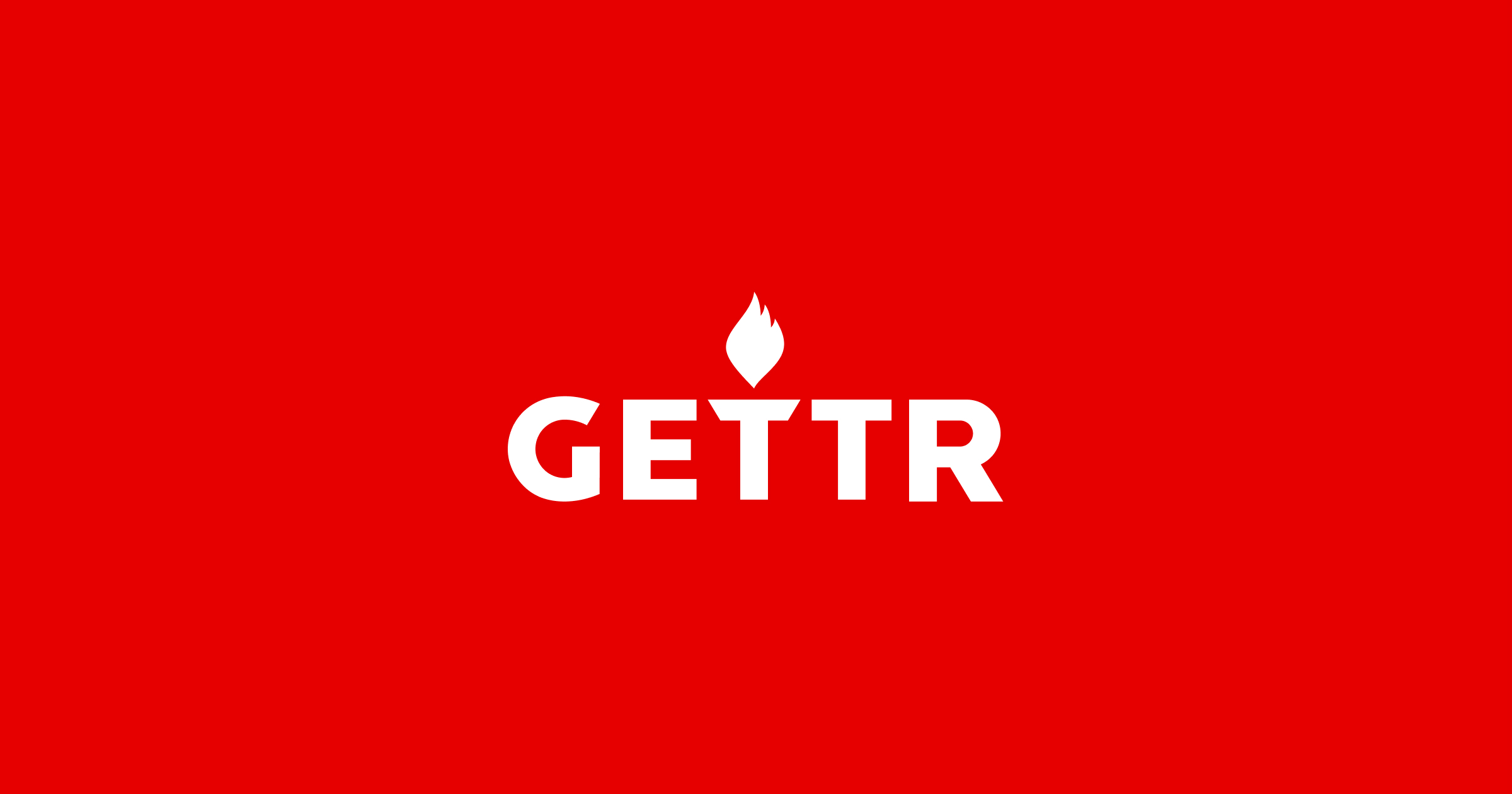ojaswini on GETTR : Aerostat Systems: Revolutionizing Aerial Surveillance An Innovative Solution Unveiled
Airship systems, commonly known as ...
Aerostat Systems: Revolutionizing Aerial Surveillance An Innovative Solution Unveiled
Airship systems, commonly known as tethered balloons, are airborne platforms used for surveillance, reconnaissance and communication purposes at a relatively low cost. Aerostats carry different types of payloads like cameras, radars, electronic intelligence systems etc to monitor wide areas from a bird's eye view. Some key components and technologies involved in an aerostat system are discussed below.Payloads and Sensors Aerostats can carry a variety of sensors and payloads depending on the intended surveillance mission.
Common payloads include day-night cameras, infrared cameras, signals intelligence systems and radar systems. Day-night cameras provide 24x7 surveillance capability in all lighting conditions. Infrared cameras detect heat signatures to track human and vehicle movement even in complete darkness. Signals intelligence systems intercept and analyze communication signals for intelligence gathering.
Radar systems are mainly used for airspace monitoring and detecting low flying aircraft or drones within the coverage area.Aerostat PlatformsAerostat platforms come in different sizes and lifting capacities depending on the payload weight they need to carry. Small tactical aerostats with a diameter of 20-40 feet can carry payloads up to 50 lbs while large aerostats exceeding 100 feet in diameter can lift heavier payload clusters weighing over 1000 lbs.
Aerostats are made from lightweight, high strength fabric materials like polyester or polyurethane coated with special sealants. The envelope design considers aerodynamic efficiency and mechanical strength.Propulsion and Power SystemsAerostat Systems utilize helium or hot air as the lifting gas to achieve neutral buoyancy at operational altitude. Helium provides consistency but is relatively expensive. Hot air aerostats are economical alternatives using propane or butane as the heating gas. Electro-mechanical winches powered by generators or batteries on the ground are used to control the tether length and aerostat altitude. Solar panels on the aerostat harness solar energy for payload operations. Batteries provide backup power storage.
Control and Navigation SystemsSophisticated flight control systems enable navigation and station keeping functions for aerostats. GPS, inertial sensors and altimeters help determine the position and altitude. Meteorological sensors measure wind speed and direction. Supervisory control software analyzes real-time flight data and ground operators can send commands to correction winches for lateral drifting or altitude adjustments. Some autonomous flight capabilities help aerostats self-stabilize in strong winds.
Operational Challenges of Aerostat SystemsAdverse Weather ConditionsAerostats face significant operational challenges due to exposure to varying weather conditions at different altitudes. Strong winds pose the biggest risk as they can potentially break the tether or damage the aerostat. Heavy rains may also degrade sensor performance.
Weather monitoring systems help plan operations during optimal conditions and forecast wind/storm warnings.Station Keeping and Drifting IssuesDue to wind effects, aerostats experience horizontal drifting which poses challenges to maintain a fixed surveillance area. Sophisticated flight control and monitoring becomes essential especially during strong gusts.
Tethered airship systems require periodic manual maneuvers or automated corrections using winches to counter drifting and ensure station keeping within operational boundaries.Payload Retrieval and Relaunching Recovery and relaunching payloads after maintenance requires time and resources. Retrieval usually involves controlled deflation and descent followed by disassembly, repair work and reintegration of different subsystems.
Aerostat re-inflation and installation of new payloads for the next launch cycle takes additional man-hours. This downtime aspect affects the overall system availability and duty cycles.Applications of Airship systemsBorder SurveillanceAerostats are widely deployed along international borders for detecting cross-border intrusions and illegal activities like arms, drugs or human trafficking. Long endurance surveillance from heights up to 3000 feet helps monitor remote terrain and borders more effectively than ground-based solutions.
Critical Infrastructure ProtectionAirship systems provide aerial security for important assets like oil and gas installations, power plants, military bases and airports. Real-time situational awareness from vantage points assists quick emergency responses to any threats.Disaster ManagementAerostats support relief and rescue operations during natural disasters by aiding search missions from above troubled areas. Their mapping capabilities also assist damage assessment and infrastructure inspections after calamities.Law
EnforcementPolice departments utilize compact tactical aerostats as a force multiplier to monitor public gatherings and enhance ground patrols especially during emergency situations and law and order issues over large areas.Military ApplicationsMilitary aerostats carry intelligence sensors for surveillance of enemy movements, detection of hostile aircraft and communication relay purposes during combat and tactical operations.
Some have defensive systems like directed energy weapons.Emerging Trends in Aerostat TechnologyAutonomous Flight SystemsFuture aerostats will have greater autonomy using advanced automation, avionics upgrades and sense-and-avoid capabilities to operate independently for persistent surveillance without constant ground control.Lighter and Stronger MaterialsR&D in ultra-light, high strength composite materials will facilitate designing aerostats that can fly higher for longer duration missions while carrying heavier payloads.Modular Payload TechnologiesStandardization of modular payload frameworks and interfaces will support rapid integration and changeover of different sensor packages based on operational demands.
Solar-Electric PropulsionNext-gen aerostats may use hybrid systems combining solar energy harvesting with electric motors and lithium-ion battery packs for greater efficiency, endurance and stationary holding ability under windy conditions.
Ongoing R&D is further enhancing capabilities like autonomous functions, smarter payloads and efficient power systems. The aerostat edge is reinforced as a valuable aerial solution for varied security and monitoring applications.
Get
this Report in Japanese Language
エアロスタットシステム
Get
this Reports in Korean Language
에어로스탯시스템
Read
More Articles Related to this Industry- Top Projector Screen
Manufacturers and Their Product Offerings for Businesses
About
Author:
Priya
Pandey is a dynamic and passionate editor with over three years of expertise in
content editing and proofreading. Holding a bachelor's degree in biotechnology,
Priya has a knack for making the content engaging. Her diverse portfolio
includes editing documents across different industries, including food and
beverages, information and technology, healthcare, chemical and materials, etc.
Priya's meticulous attention to detail and commitment to excellence make her an
invaluable asset in the world of content creation and refinement.
(LinkedIn-
https://www.linkedin.com/in/priya-pandey-8417a8173/)

